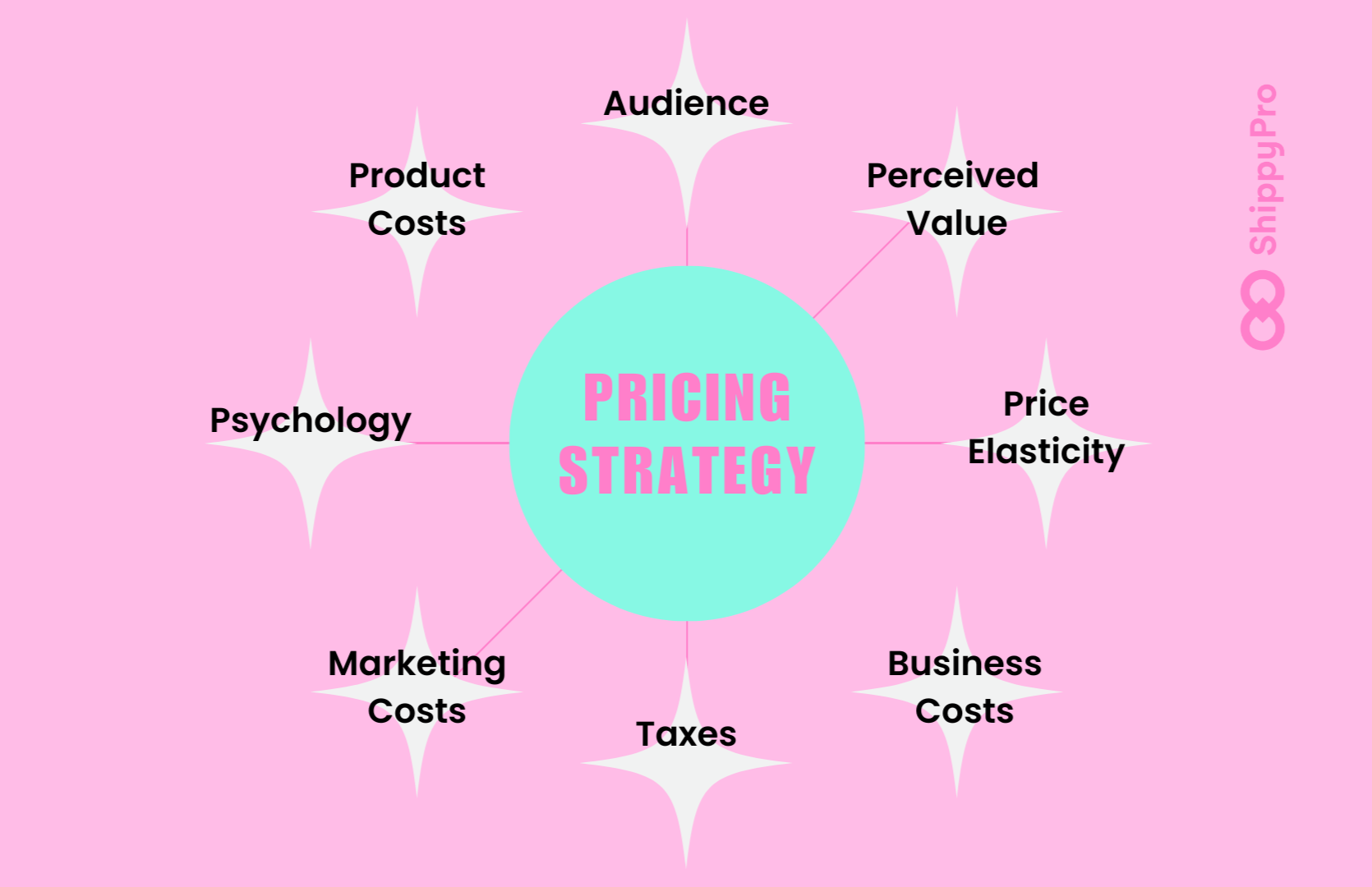Optimize Profits With Proven Rates Strategy Methods
Methods such as value-based prices, vibrant prices, and complete market analysis can significantly improve a business's monetary efficiency. Understanding customer understanding and leveraging information analytics for active prices modifications are necessary components of this method.
Understanding Client Understanding
Comprehending consumer assumption is critical for developing effective rates strategies. It affects just how consumers assess a product's worth, top quality, and general appearance. Organizations have to recognize that customers typically base their desire to pay not only on the product's innate features however likewise on mental elements, including brand track record, social status, and viewed scarcity.

Additionally, companies need to take into consideration the role of pricing psychology, such as beauty pricing or cost anchoring, which can substantially affect client behavior. Recognizing these assumptions allows organizations to mount their rates techniques in a fashion that lines up with customer assumptions while making best use of success.
Incorporating consumer perception right into pricing approaches not only aids in setting affordable prices but likewise promotes brand name loyalty, as customers really feel comprehended and valued. Eventually, a nuanced understanding of client understanding can bring about sustainable revenue growth and boosted market positioning.
Analyzing Market Trends
To develop an effective prices approach, evaluating market trends is necessary for organizations wanting to stay competitive. Recognizing the characteristics of market fluctuations enables firms to make informed decisions pertaining to pricing adjustments, item launches, and source appropriation - Pricing Strategy. By checking consumer actions, economic indicators, and sector developments, companies can determine patterns that inform their rates frameworks
Seasonal fads can provide understandings right into optimum rates during peak and off-peak periods, enabling for critical discounting or advertising rates. In addition, maintaining an eye on technical innovations can assist identify potential threats or opportunities that can impact rates approaches.
Using information analytics devices can improve the accuracy of trend analysis, offering valuable insights that help with dexterous decision-making. Business need to additionally take into consideration conducting normal marketing research to validate presumptions and adapt to advancing customer choices. By leveraging these understandings, organizations can not only enhance their pricing methods yet also strengthen their general market placement, guaranteeing lasting earnings and growth.
Competitive Rates Methods
An affordable rates method is important for companies aiming to gain a side in a crowded market. By assessing rivals' rates structures and market positioning, business can tactically set their rates to draw in customers while preserving earnings. This method needs an extensive understanding of both the competitive landscape and customer understandings of worth.
One effective technique is cost matching, where a business uses to match or defeat a competitor's price. This technique can improve customer commitment and motivate sales, especially in price-sensitive markets. Additionally, penetration pricing can be utilized to catch market share by originally establishing costs less than rivals, tempting customers to try the item and cultivating brand name recognition.
Moreover, services can execute mental pricing approaches, such as pricing things simply below a round number (e.g., $9.99 rather than $10 - Pricing Strategy.00) This can develop the understanding of a far better deal, affecting consumer behavior
Inevitably, a successful affordable rates technique balances the need to remain eye-catching to consumers while ensuring that the pricing model lines up with the company's total purposes. On a regular basis changing and reviewing pricing in response to market changes and competitor actions is necessary for sustained success.
Value-Based Pricing Techniques
Value-based prices methods focus on establishing prices largely based upon the regarded worth of a product and services to the consumer, instead than only on manufacturing prices or competitor costs. This strategy needs a deep understanding of consumer needs, choices, and the distinct benefits that the services or product offers. By determining the details worth chauffeurs that reverberate with clients, businesses can develop prices approaches that show real worth of their offerings.
To apply value-based pricing properly, firms must participate in detailed market research study, including client surveys and focus teams, to gather insights right into consumer perceptions. Additionally, businesses need to section their customer base to customize rates methods that line up with various worth understandings throughout sectors.
Communication plays an important function in value-based pricing; companies should express the unique Find Out More value proposal plainly to warrant the rate point. Furthermore, recurring examination and change are essential, as customer perceptions of value may change gradually because of market dynamics or competitive activities. By prioritizing value in rates methods, companies can enhance customer contentment, enhance loyalty, and inevitably enhance earnings.
Dynamic Rates Versions

Dynamic rates leverages innovative formulas and information analytics to check rival rates, customer behavior, and inventory degrees. By dynamically adjusting rates, services can maximize revenue, optimize revenue margins, and respond quickly to modifications in the marketplace. For example, airlines usually use this version to change ticket prices based on variables like remaining seats, time till separation, and competitor rates.
Nonetheless, the application of vibrant pricing must be approached with caution. Clear interaction with customers is vital to maintain count on and prevent perceptions of unreasonable prices techniques. Furthermore, businesses ought to guarantee that their prices formulas are not excessively intricate or opaque, as this can bring about client frustration.
Eventually, when implemented thoughtfully, vibrant rates versions can provide companies with a significant affordable benefit, allowing them to maximize market possibilities while satisfying client expectations in a quickly transforming economic landscape.
Conclusion

Strategies such as value-based rates, dynamic rates, and extensive market evaluation can considerably improve a firm's financial performance. Seasonal patterns can offer insights right into optimum rates during top and off-peak periods, permitting for critical discounting or useful content advertising prices.Dynamic prices leverages sophisticated formulas and data analytics to keep track of competitor rates, client actions, and inventory levels. By understanding client learn this here now understanding, examining market fads, and applying affordable pricing techniques, companies can successfully align their rates with customer expectations. In addition, value-based prices and dynamic pricing designs make it possible for organizations to react agilely to market fluctuations.